Amazing Mollusks: Images of Strange & Slimy Snails
Beautiful Bubbles
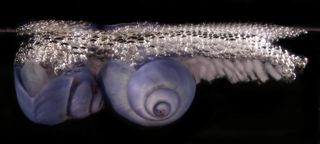
Two female bubble-rafting violet snails, Janthina exigua. This is the most common species of bubble-rafting snail.
Violet Rafting Snail
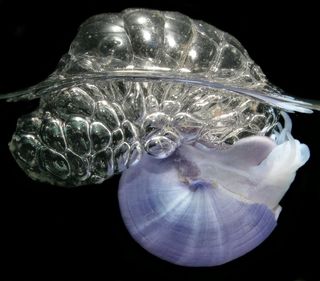
Janthina janthina, a bubble-rafting violet snail. The snail excretes mucus from its foot and uses the raft of bubbles to float from place to place.
Bubble-Rafting Snail On Shore
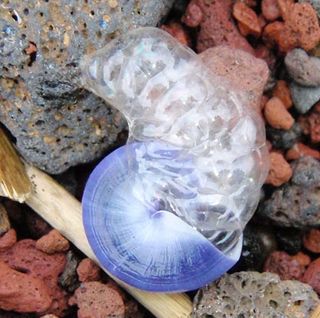
This violet bubble-rafting snail washed up on Maui, Hawaii.
Brown Bubble-Rafting Snail
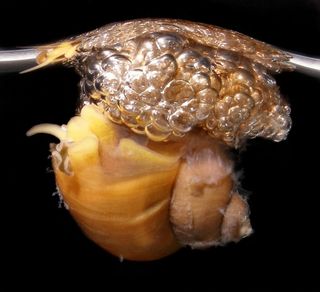
A rare bubble-rafting brown janthina snail, Recluzia cf. jehennei. These snails live their lives upside-down, floating on a raft of mucus bubbles. Researchers believe the bubble rafts evolved from floating egg masses.
Ram's Horn Snails
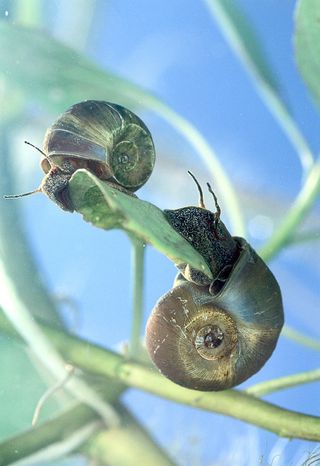
Two ram's horn snails, Planorbella trivolvis, hang out on underwater vegetation. The snails carry parasitic nematodes that infect catfish.
Pearly Shell
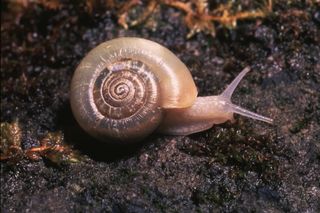
The Oregon megomphix has a translucent shell and equally pearly body. This snail lives in the mixed forests of Washington and Oregon.
Monster Snails
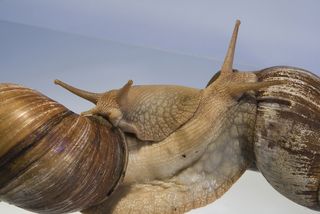
The east African land snail is one of the largest snail species on Earth. These African snails are a threat to agriculture and a potential invasive species in the United States. They're sometimes illegally kept as pets.
Sign up for the Live Science daily newsletter now
Get the world’s most fascinating discoveries delivered straight to your inbox.
Snail Eggs
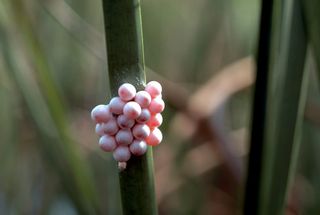
It's a girl! (And a boy, actually, since snails are hermaphrodites with both male and female reproductive systems.) These pink pearls are apple snail eggs found in Florida's Everglades National Park.
Sea Snails
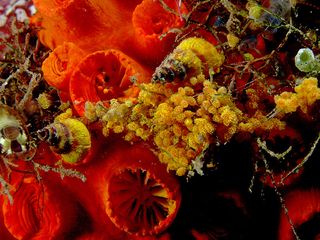
Wentletrap snails feed on coral and anemones at the bottom of the sea. These mollusks carry their eggs with them, seen here as yellow masses.
Janthina Snail
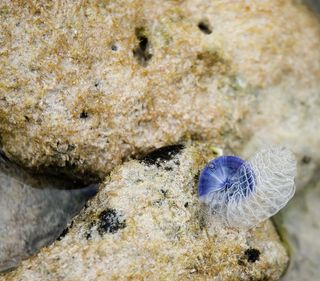
A janthina snail with its mucus-bubble raft washed up onshore in Barbados.

Stephanie Pappas is a contributing writer for Live Science, covering topics ranging from geoscience to archaeology to the human brain and behavior. She was previously a senior writer for Live Science but is now a freelancer based in Denver, Colorado, and regularly contributes to Scientific American and The Monitor, the monthly magazine of the American Psychological Association. Stephanie received a bachelor's degree in psychology from the University of South Carolina and a graduate certificate in science communication from the University of California, Santa Cruz.









